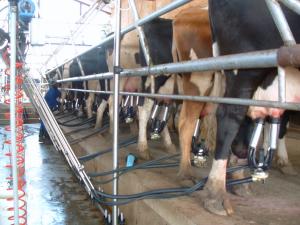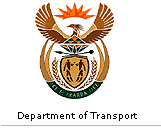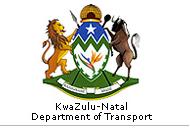 |
Milk Production and DistributionThe dairy industry in KwaZulu-Natal is a significant
portion of the total agricultural production of the
province.
The estimated total production in KZN is approximately
350,000 tons per year with major concentrations in the
Midlands areas between Kokstad, Matatiele, Underberg,
Winterton, Mooi River, Howick and Cato Ridge.
There were in 2001 about 446 producers (down from 648 in
1997), mainly within the above areas, and this reduction
has continued due to suppressed milk prices. The milk
producing industry ranks fourth in terms of South
Africa’s
total agricultural production, and KZN is the third
largest milk producing province, producing more than
17.5% of SA milk output, as shown in the table below for
2002.
The industry is composed of dairy farmers who sell to milk
buyers, who coordinate deliveries to the 4 main
secondary production companies.

Milking Parlour 1
|
The major producers of fresh milk are located in Durban
and Pietermaritzburg, with collection depots and some
processing factories at centres such as Kokstad, Mooi
River, Estcourt, Ixopo and Howick.
Industrial milk is bought for processing into milk powder,
condensed milk, cheese and other dairy-based products. The
4 major international producers dominate this market. It
is noteworthy that the 4 main retail chains in South
Africa sell 70% of all dairy produce. The chains have
recently begun to import milk when there is cheap UHT
processed long-life product available on the market,
thereby causing severe disruptions and losses for South
African milk producers. Transport in the Dairy IndustryThe collection from farms is a major transport undertaking
as it is all done by road in specialised refrigerated
tankers, capable of maintaining the required temperatures
and meeting the stringent hygiene standards.
The vehicles are nearly all owned by the major companies,
but there is a growing proportion of “independent
“ dairy
groups since the deregulation of the industry in 1997.
From a transportation perspective, the relocation by the
dairy industry from inland to coastal areas over the past
8 years has resulted in rapid increases in the numbers of
long-distance refrigerated bulk tankers that move the
product by road from production areas to the main national
market for milk products which is the greater Gauteng
conurbation and processing industry.
Milk is transported primarily in stainless steel tankers
designed to permit loading from farm tanks and discharge
into bulk storage at the creameries or production plants.
Due to the perishable nature of the product and the need
for
stringent hygiene, milk is collected daily or at least
every second day, and must handled with extreme care to
maintain the cold chain from point of production to the
final product.
Specifications for milk tankers and the need for
sophisticated transfer and pumping equipment make the
private ownership of these vehicles uneconomical.
The collection process therefore, is done almost entirely
by large milk processing undertakings or specialist
contractors. The very strict hygiene and milk testing routine that is
maintained by producers and processors, and monitored by
the agricultural authorities, is an essential feature of
the dairy industry. All milk is tested for butterfat
content and protein as well as bacteria levels, presence
of antibiotics and water, before being pasteurised.
The cold chain from producing farms to dairies and through
to the final point of sale is also an essential part of
the milk production and distribution channel, and requires
a high level of logistical planning, and specialised
vehicles and equipment.
The primary input commodity of the dairy industry is
animal feed, of which an estimated 300,000 tons per annum
are consumed in KZN by dairy animals. All of the feed is
transported by road from animal feed producing factories
to farms.
|
 |



